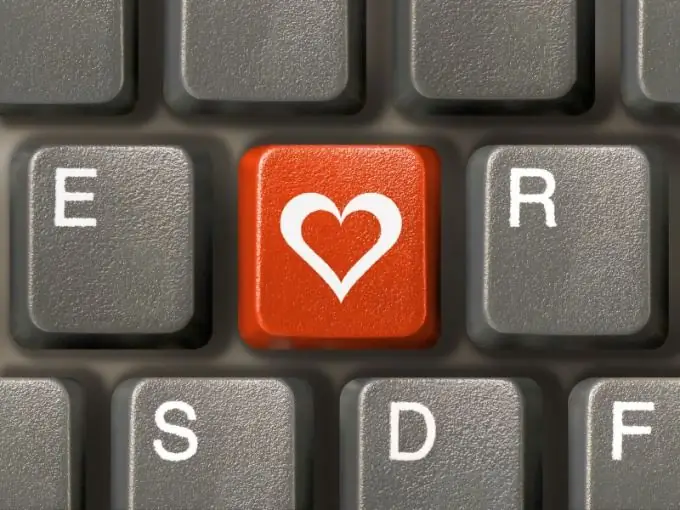The Internet is the area where copyright protection is most difficult. First, it is not always easy to find the violator and generally find out in time that your copyright has been violated. Secondly, it is no less difficult to achieve justice. It is important to remember the basic ways to protect your work when you post it.

Instructions
Step 1
Do not publish your work on questionable sites. This also applies to blogs. It is best to use trusted sites - they usually provide at least minimal protection to authors themselves. If you are not aware of which sites are considered more solid in your field, type in the search engine "post a story (song, photo, etc.)" and compare the first ones that came out.
Step 2
When placing any of your works, indicate the authorship, i.e. your name or trade name or company name. Install the protective marking - the Latin letter "c" in a circle. This, at least, will protect you from possible unknowingly copying of your work (in cases where the offender does not know that the work is subject to protection, since this is not specified anywhere).
Step 3
If you have such an opportunity, publish your work in the media, scientific collections. Include yourself as the author and date. When publishing on the Internet, you can also make a link to this "offline" publication.
Step 4
Have your work certified by a notary. The meaning of this measure is that the notary certifies the date and time of the submission of the document. Thus, in court, you will be able to present a certified work and prove that you created it at a certain time. Then the offender is unlikely to prove that he created your work. A similar measure can be considered the deposit of works - placing a paper copy of your work in the archive of the organization and issuing a document confirming the fact of depositing and its date.
Step 5
If you find that some of your material has been copied by some site without a link to you, try contacting the site owner. In some cases, such things can be solved quite simply - when the author of the work is found, the violator removes your work from his site. But it happens that it is impossible to find it. Then contact the hosting provider on the server of which the site with your illegally placed brainchild is located. Usually, the hosting provider informs the offender in a rather harsh manner about the need to remove other people's materials from the sites.






